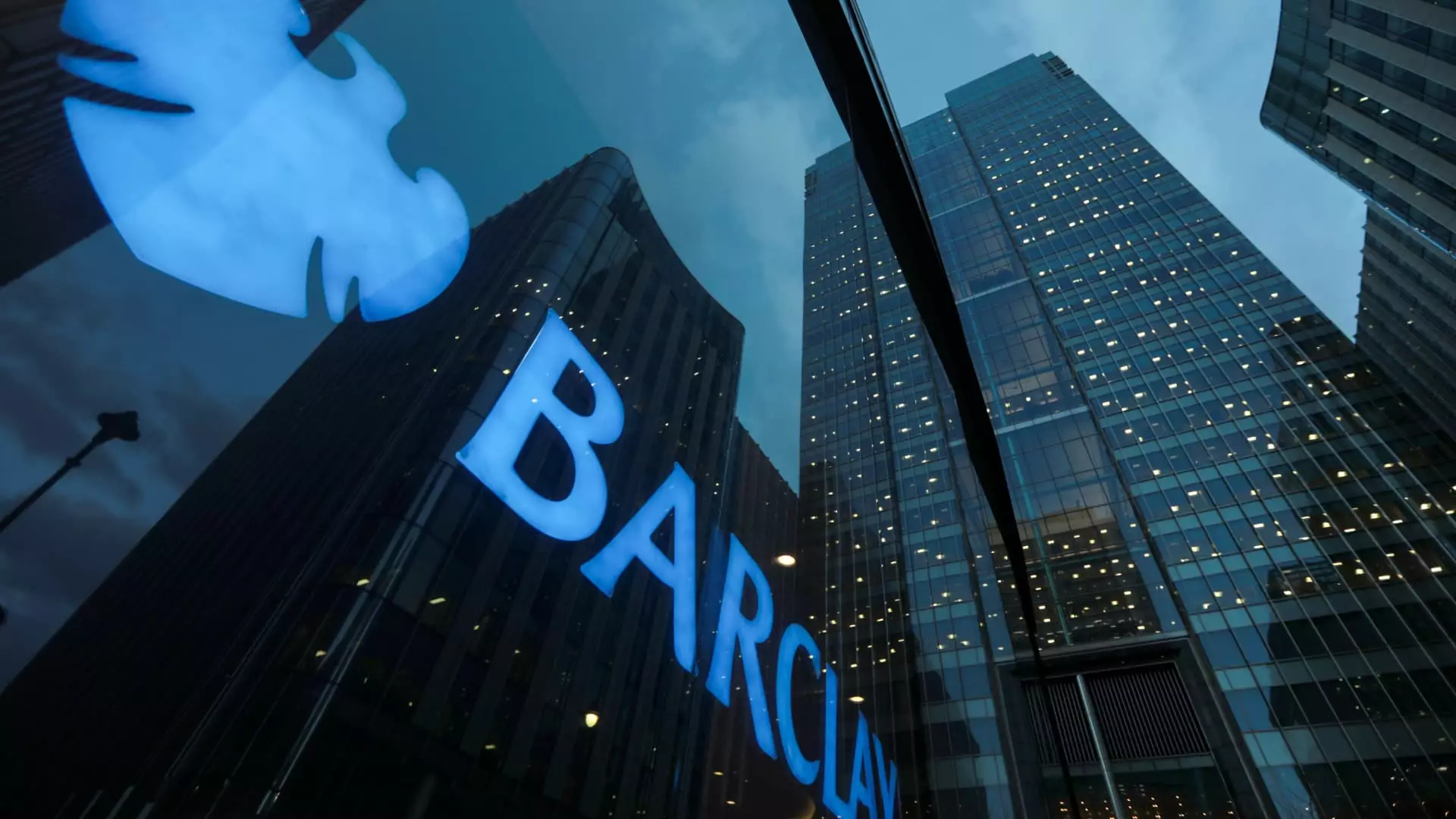In a notable display of financial performance, Barclays Bank has reported a net profit of £1.6 billion ($2 billion) attributable to shareholders for the third quarter of 2023. This outcome has surpassed analysts’ predictions, which anticipated a more modest profit of £1.17 billion according to a poll conducted by LSEG. When compared to the same quarter last year, Barclays’ profits demonstrate a robust increase of 23%, illustrating the bank’s resilience amid a challenging economic landscape. The revenue generated during this period was also commendable, reaching £6.5 billion, slightly ahead of the expected £6.39 billion. These figures indicate that Beyond mere survival, Barclays is beginning to thrive, showcasing a strategic alignment between operational goals and market conditions.
The bank’s reported return on tangible equity (RoTE) reflects positive upward momentum, climbing to 12.3% from 9.9% in the previous quarter. This improvement signals not only effective governance but also a focused approach towards sustainable profit generation. Furthermore, Barclays’ Common Equity Tier 1 (CET1) ratio, a critical indicator of a bank’s financial health and its ability to absorb unexpected losses, rose to 13.8% from 13.6%. Such figures exemplify that Barclays is prioritizing a sound financial foundation while operating in a climate riddled with uncertainty.
This strong quarterly performance comes on the heels of a strategic overhaul that Barclays undertook earlier in the year. Executives have acknowledged the necessity of reducing costs while enhancing shareholder returns and driving long-term stability. The renewed focus on domestic lending is an integral aspect of this strategy. Importantly, this shift in focus has been complemented by a significant acquisition—Barclays’ move to purchase Tesco Bank, further solidifying their presence in the U.K. retail banking market.
A closer examination of Barclays’ performance reveals that the domestic banking segment, which previously experienced lower income, is now showing signs of growth. Retail income increased by 4%, leading the bank to adjust its annual forecast for U.K. retail net interest income upward, from £6.3 billion to £6.5 billion. Similarly, corporate banking income also saw a marginal rise of 1%, attributed to increased average deposit balances. Conversely, while the investment banking unit posted a solid gain of 6%, Barclays’ U.S. private consumer bank encountered challenges, reporting a year-on-year dip of 2%, alongside a 3% decline in wealth management revenues.
The strategic insights from Barclays’ CEO, C.S. Venkatakrishnan, during a CNBC interview, reinforced the bank’s commitment to achieving set financial targets. He emphasized the upward adjustments to net interest income guidance, stemming from two consecutive quarters of growth within the U.K. business. Moreover, his assurance of cost control reflects a measured approach to navigating potential headwinds in the financial sector.
The financial sector is currently witnessing a trend of restructuring as banks brace for a possible decline in net interest margins due to falling interest rates. This mirrors the sentiments echoed by other institutions. Notably, HSBC recently revealed plans to streamline its operations into just four business units in response to similar pressures. Barclays, however, appears well-prepared to manage interest rate fluctuations, employing a “structural hedge” strategy to mitigate potential impacts on income. This proactive stance on interest rate management evidences the bank’s commitment to stability amidst evolving market dynamics.
As Barclays’ shares have soared 55% year-to-date—a significant recovery from earlier in the year—it reflects market confidence in the bank’s strategic direction. The successful navigation of recent challenges places Barclays in a strong position as it heads toward the end of 2023 and into 2024.
Barclays’ latest results epitomize the bank’s strategic pivot towards stability, growth, and enhanced shareholder value. With a prudent focus on enhancing profitability across various sectors and adapting to an evolving financial landscape, Barclays may well be on the path to achieving sustainable success in the bank’s upcoming quarters.


Leave a Reply